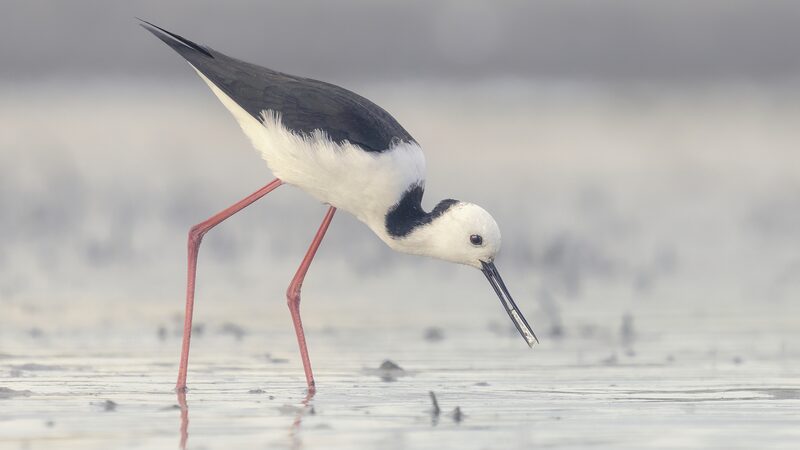Waterbird populations in eastern Australia have experienced a dramatic decline, plummeting by over half in just one year. The latest annual survey, spearheaded by the University of New South Wales (UNSW) Sydney, recorded only 287,231 birds between August and October, a stark decrease from the 579,641 birds observed in 2023.
This significant reduction is attributed to persistent dry conditions that have plagued the region. The survey, a collaborative effort between researchers and government bodies since 1983, encompasses one-third of the Australian mainland and serves as a critical indicator of biodiversity health in river and wetland ecosystems.
Experts warn that such a steep decline in waterbird numbers could have far-reaching impacts on the local ecosystem, affecting everything from plant life to other animal species that rely on these birds for various ecological functions. The data highlights the urgent need for sustainable water management practices to mitigate the effects of prolonged droughts and preserve Australia’s rich biodiversity.
As climate change continues to influence weather patterns, the findings from the UNSW survey underscore the importance of monitoring and protecting vital wetland areas to ensure the survival of waterbird populations and the overall health of the environment.
Reference(s):
Eastern Australian waterbird numbers fall 50% amid dry conditions
cgtn.com




